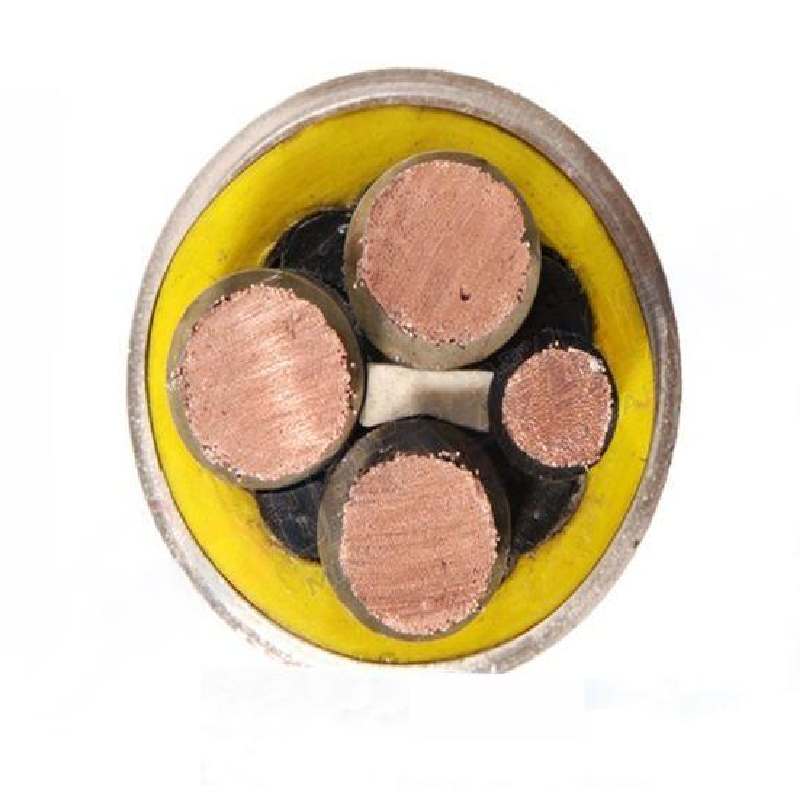Dec . 04, 2024 16:08 Back to list
bidirectional knife gate valve
Understanding Bidirectional Knife Gate Valves
In the world of fluid control systems, the significance of valves cannot be understated. Among the various types available, the bidirectional knife gate valve stands out for its versatility and effectiveness in managing the flow of liquids, slurries, and even gases in various industrial applications. This article delves into the design, functionality, benefits, and key considerations of bidirectional knife gate valves.
Design and Structure
The bidirectional knife gate valve features a robust design that lends itself well to the rigorous demands of diverse industries. The primary component is a blade or knife that acts as the closing element. This knife is typically made from hard materials like stainless steel or cast iron, allowing it to withstand abrasive and corrosive substances. Unlike traditional gate valves, which can only manage flow in a single direction, the bidirectional design allows for equal efficiency in both upstream and downstream directions.
The body of the valve is designed to minimize turbulence and pressure drop, allowing for smooth operation. Additionally, the valve is equipped with resilient seals that ensure a tight shut-off, preventing any leakage even under high pressure or extreme temperatures.
Functionality
The functionality of a bidirectional knife gate valve is straightforward yet highly effective. When the valve is open, the knife blade is raised, allowing fluid to flow freely in either direction. Conversely, lowering the blade effectively blocks all flow, achieving a reliable shut-off. The design is particularly advantageous in systems where flow direction may change or where isolation of specific process sections is necessary.
One of the standout features of these valves is their ability to handle solids in suspension, making them ideal for use in industries such as wastewater treatment, mining, and pulp and paper. The knife blade cuts through the media as it descends, ensuring that even thick or fibrous materials can be managed effectively.
Benefits of Bidirectional Knife Gate Valves
1. Versatility Their capability to operate in two directions enhances flexibility in system design and functionality. This versatility is essential in complex plumbing or processing systems.
2. Ease of Use These valves can be operated manually or automatically, providing operators with options that best fit their specific process needs. Automated systems can be integrated to enhance control and reduce manual labor.
bidirectional knife gate valve

3. Cost-Effectiveness Because they minimize maintenance needs and downtime, bidirectional knife gate valves can be a cost-effective option for many industrial operations. Their durability ensures a longer service life compared to less robust alternatives.
4. Space Efficiency The design of these valves often allows them to fit into tighter spaces, making them a practical choice for facilities where space is limited.
Considerations When Choosing a Bidirectional Knife Gate Valve
When selecting a bidirectional knife gate valve for a particular application, several factors should be considered
1. Material Compatibility Ensure the valve's materials are compatible with the fluids being handled, particularly in corrosive or high-abrasion environments.
2. Pressure and Temperature Ratings Assess the valve's ratings to ensure they align with the operational requirements of your system.
3. Size and Configuration The dimensions of the valve should match the pipeline requirements, as improper sizing can lead to flow restrictions or performance issues.
4. Actuation Method Decide whether manual or automated actuation aligns best with your operational setup. Automation can enhance efficiency but may require additional investment.
Conclusion
Bidirectional knife gate valves are an indispensable component in many fluid control systems. Their ability to efficiently manage flow in both directions, coupled with their robust design and ease of use, makes them suitable for a wide array of industrial applications. By understanding their functionality, benefits, and key considerations, engineers and operators can make informed decisions that optimize their systems' efficiency and effectiveness. Whether in wastewater treatment, mining, or pulp and paper applications, these valves play a critical role in ensuring smooth and reliable operations.
Share
-
Reliable Wafer Type Butterfly Valves for Every IndustryNewsJul.25,2025
-
Reliable Flow Control Begins with the Right Ball Check ValveNewsJul.25,2025
-
Precision Flow Control Starts with Quality ValvesNewsJul.25,2025
-
Industrial Flow Control ReliabilityNewsJul.25,2025
-
Engineered for Efficiency Gate Valves That Power Industrial PerformanceNewsJul.25,2025
-
Empowering Infrastructure Through Quality ManufacturingNewsJul.25,2025